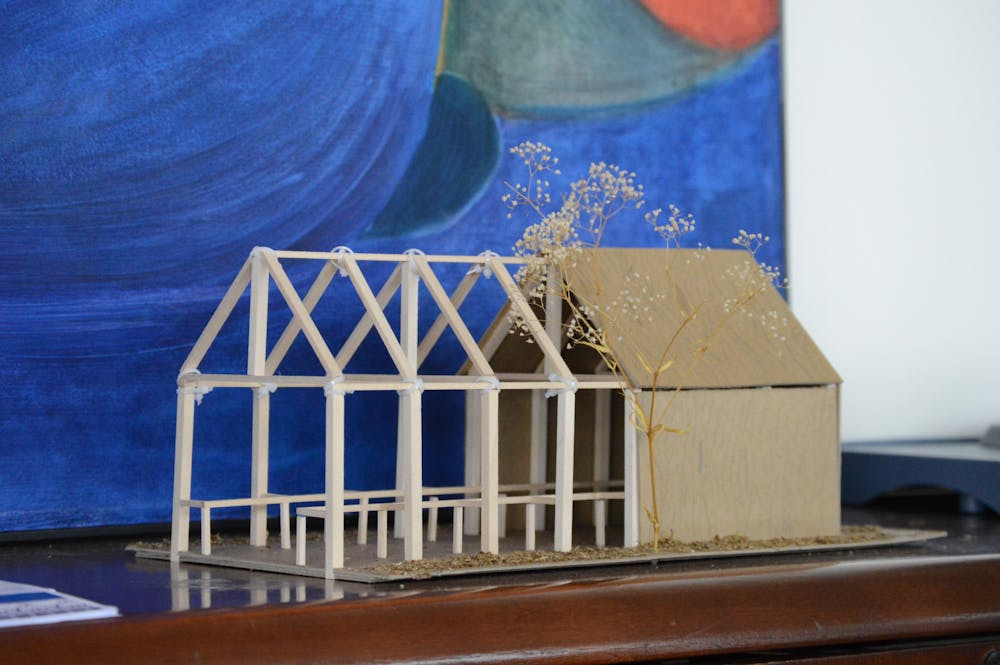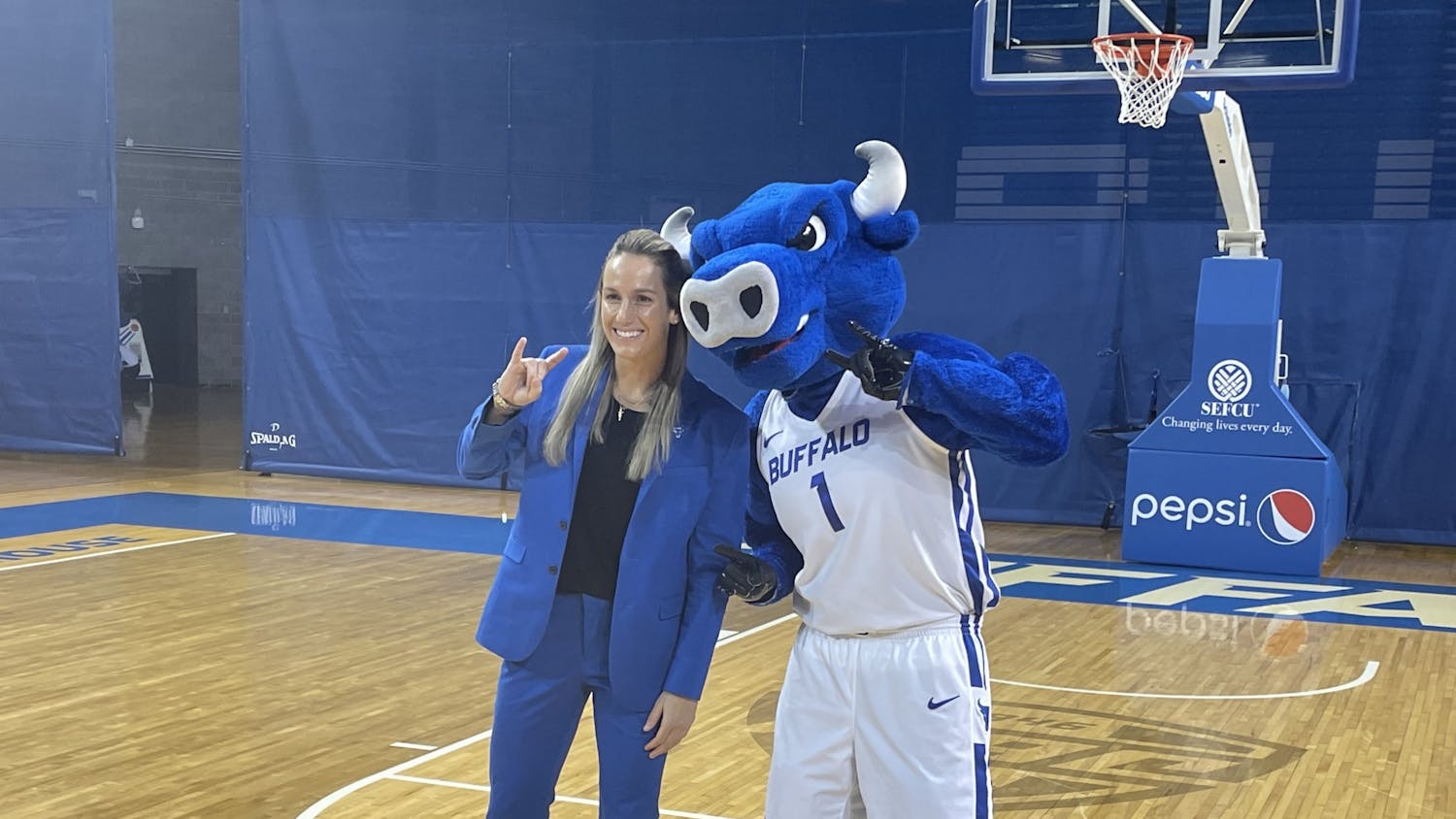Many may remember the rhyme, “In 1492, Columbus sailed the ocean blue,” originating from a children’s book that tells the story of the time Christopher Columbus discovered America.
In reality, Columbus did not discover the Americas. Nor did any of the foreign explorers before him.
UB’s Director of Undergraduate Indigenous Studies and citizen of the Seneca Nation’s Deer Clan Dr. Jason Corwin says the Seneca Nation has been living on this land since the end of the Ice Age.
There are two Seneca Nations: the Seneca Nation of Indians, where its government is based in Niagara Falls and on the Allegheny Reservation, and the Tonawanda Seneca Nation, located just a 30-minute drive from UB’s North Campus.
Attacks to erase the presence of Seneca Nations in Buffalo date back to the American Revolutionary War.
According to Corwin, the Clinton-Sullivan Campaign of 1779 is a “very major part of history. During the campaign, a colonial army of approximately 4,500 men raided over 40 Indigenous villages, destroying at least 160,000 corn bushels in addition to fruits and vegetables.
“It plays into the indigenous presence in the area that’s now known as Buffalo,” Corwin said.
The theme of Americans taking land from Indigenous peoples often repeats in history.
In the Buffalo-Niagara area, one of the top-15 metropolitan areas with the highest number of Native Americans, the Niagara Falls Power project seized 550 acres of the Tuscarora reservation, resulting in 37 homes being destroyed and 175 Tuscarora members displaced. The project’s leader, Robert Moses, offered the tribe $1,000 per acre while offering Niagara University — which was adjacent to the tribe — $50,000 per acre.
“The entirety of South Buffalo and many of the [southern] towns were part of a reservation called Buffalo Creek, and we were cheated out of it in the 1800s and many of these land losses in the region were never properly agreed to by our people, nor were they properly ratified by Congress,” Corwin said.
Corwin believes that UB is making a sincere effort to honor the land it sits on due to the university’s commitment to the department and that UB students should take advantage of what the Department of Indigenous Studies offers.
“Most of your average Americans and foreigners know next to nothing about us. There's such a high level of ignorance, not necessarily willful, but the American education system really does a horrible job,” Corwin said. “The number one thing UB students can do is take our classes, come to our events and speakers, get to know us, and engage with us.”
Sarah Owusu is the senior features editor and can be reached at sarah.owusu@ubspectrum.com

Sarah Owusu is an assistant news editor at The Spectrum. In her free time she enjoys reading, baking, music and talking politics (yes, shockingly). She'll also be her own hairdresser when she needs a change.





